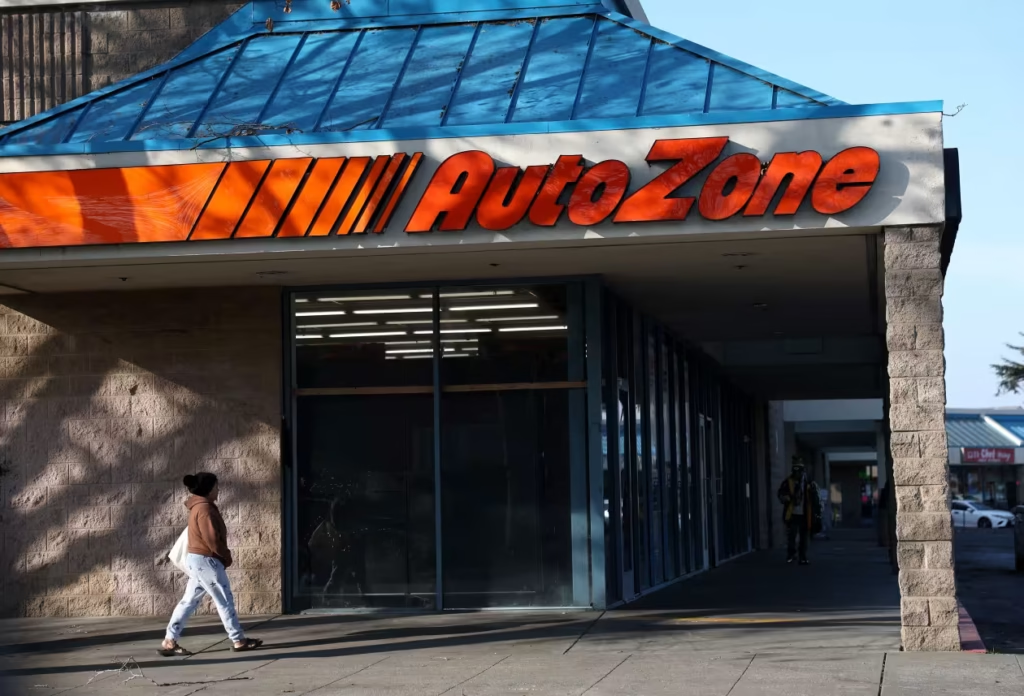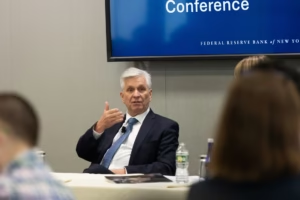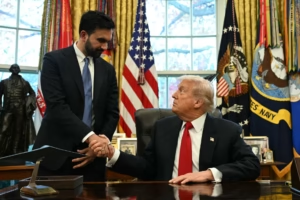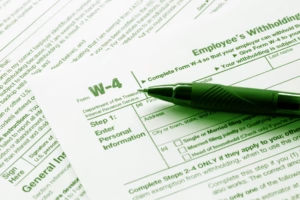AutoZone Inc.’s stock continued to decline Tuesday as the auto parts retailer’s first revenue beat in almost a year was offset by a quarterly profit shortfall. However, when the company released its fiscal third-quarter results, it also conveyed a good message regarding the impact of tariffs.
According to CEO Phil Daniele, AutoZone (AZO) is dealing with the consequences of the Trump administration’s massive tariffs. “We feel like we have our arms around it, even though it’s changing every day,” he commented when discussing the findings over a conference call. “It’s not nearly as impactful as it appeared it was going to be several months ago.”
Other auto-parts retailers have also shown that they can withstand the uncertainty caused by tariffs. While Advance Auto Parts Inc. (AAP) confirmed its projection last week, sending its stock soaring, AutoZone rival O’Reilly Automotive Inc. (ORLY) increased its full-year earnings guidance last month.
Encouraged by its fiscal third-quarter performance, AutoZone’s stock first increased in premarket trading before reversing direction. It has dropped 4.7% during a four-day losing run after closing at a record $3,880.15 on May 20 and was down 4.1% in morning trading.
The imposition of tariffs during the quarter had no effect on AutoZone, according to Jamere Jackson, the company’s chief financial officer. Jackson listed a number of variables that could affect AutoZone’s performance in the future as a result of tariffs, including pricing, sourcing, diversification, and vendor absorption.
“Currently, we expect these actions to offset any Q4 tariff costs and not have a material impact on our gross margins,” he stated.
AutoZone’s gross margin, a crucial indicator of profitability, decreased by 0.77 percentage points to 52.7% in the third quarter as its cost of sales increased by 7.2% to surpass the 5.4% growth in revenue.
CEO Daniele says China is AutoZone’s largest import source. He said that certain products also originate from Mexico and Eastern Europe. “We’ve taken that number down pretty significantly over the last couple of years, specifically since the first round of tariffs back in 2016,” he said.
Customers have been compelled to be frugal with their spending due to the macroenvironment and tariff uncertainties, but Daniele said AutoZone has observed an improvement in its failure and maintenance businesses year over year. “Historically, when our consumer is under pressure, our maintenance and failure categories begin to outperform discretionary categories,” he said.
For the fiscal third quarter that ended on May 10, AutoZone’s revenue surpassed the analyst’s revenue expectation of $4.42 billion, rising to $4.46 billion from $4.24 billion during the same period last year. Since the fiscal second quarter of 2024, there was the first top-line beat.
Compared to $651.73 million, or $36.69 per share, in the previous year’s quarter, the company’s net income was $608.44 million, or $35.36 per share. According to a FactSet survey, analysts wanted net income of $37.11 per share. Bottom-line misses continued for the fourth consecutive quarter.
To match the FactSet consensus, overall same-store sales—that is, sales for stores that have been open for at least a year—grew 3.2%.
International same-store sales decreased 9.2%, while domestic same-store sales increased 5%. Domestic and foreign comparable sales increased by 5% and 8.1%, respectively, while the company’s overall same-store sales increased by 5.4% on a constant currency basis.
“While currency rate moves continued to pressure reported sales and earnings, we believe our international operations are positioned well as we continue to focus on opening more stores in these markets,” Daniele stated in a statement.
According to AutoZone, the firm established 84 new stores during the quarter, including five in Brazil, 25 in Mexico, and 54 in the United States, bringing its overall store count to 7,516. The corporation operates 141 locations in Brazil, 838 in Mexico, and 6,537 in the United States.
In 2025, AutoZone’s stock has increased 14.7%, while the S&P 500 index has down 0.3%.





